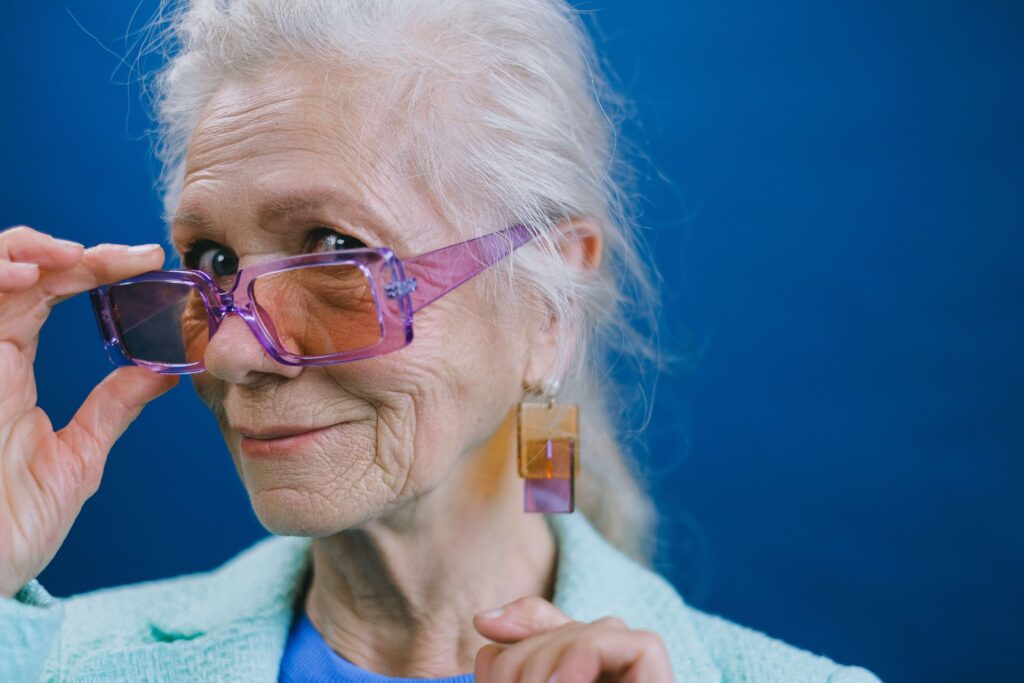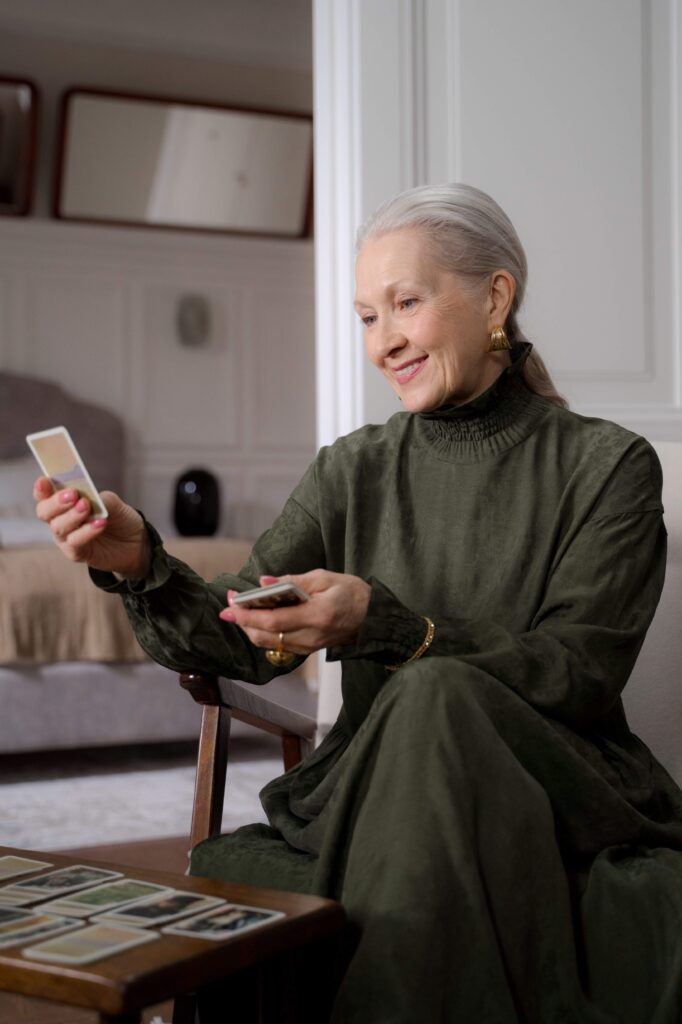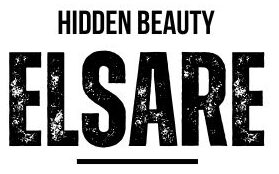Are those pesky gray hairs starting to make an unwelcome appearance? If you’re looking for a quick fix, you might be wondering if mascara can come to the rescue. While mascara is typically used to enhance the lashes, some people have experimented with using it to cover up gray hair. In this article, we’ll explore whether mascara can be a viable solution for camouflaging those grays, and if so, how to use it effectively.
Table of Contents
Can You Use Mascara to Cover Gray Hair?
Gray hair can be a source of frustration for many individuals, and finding a way to temporarily hide it can be appealing. Mascara, with its pigmented formula and ability to stick to hair, seems like a plausible option. However, it’s important to consider the potential drawbacks and effectiveness of this DIY method. So, let’s dive in and find out if mascara is really a suitable solution for concealing gray hair.
What Causes Gray Hair?
Gray hair is a natural part of the aging process, and it can be caused by several factors. Here are some common causes of gray hair:
- Genetics: The most significant factor in determining when your hair turns gray is your genetics. If your parents or grandparents had early graying, there’s a higher chance that you will too. It’s all in the genes!
- Age: As we get older, our hair follicles naturally produce less melanin, the pigment responsible for hair color. This decrease in melanin production leads to the loss of color and the appearance of gray hair. So, gray hair is often associated with wisdom and experience!
- Stress: While there isn’t a direct link between stress and gray hair, chronic stress can contribute to the graying process. Stress can disrupt the normal functioning of hair follicles and accelerate the graying process. So, it’s essential to find ways to manage stress and take care of your mental well-being.
- Medical Conditions: Certain medical conditions can also cause premature graying. Conditions such as thyroid disorders, vitamin deficiencies, and autoimmune diseases can affect hair pigmentation. If you’re experiencing sudden or excessive graying, it’s best to consult a healthcare professional to rule out any underlying health issues.
- Lifestyle Factors: Smoking, excessive alcohol consumption, and a poor diet lacking essential nutrients can contribute to premature graying. So, it’s important to adopt a healthy lifestyle, including a balanced diet rich in vitamins and minerals, to maintain the vitality of your hair.
Understanding the causes of gray hair can help you make informed decisions about how to manage and embrace your grays. While mascara may temporarily cover up gray hair, embracing the natural beauty and uniqueness of your gray strands can be empowering. Remember, gray hair is a sign of a life well-lived and should be celebrated!

The Role of Mascara in Hair Coloring
Mascara, commonly used to enhance lashes, can also be an unconventional solution for covering gray hair. Although it may not be the most widely known method, using mascara to camouflage those pesky grays can be a quick fix for a temporary touch-up. Let’s delve into the role mascara can play in hair coloring.
How Does It Work?
Mascara contains pigments that can adhere to the hair strands, providing temporary color coverage. The formulation of mascara allows it to coat each individual hair, effectively concealing any gray strands. The color intensity and coverage will depend on the shade of mascara used and the original color of the hair.
Pros and Cons
Using mascara as a hair coloring technique has both advantages and disadvantages. Let’s take a look:
Pros:
- Quick and easy solution for covering gray hairs
- Provides temporary coverage until the next hair wash
- Wide range of mascara shades available, allowing for color customization
- Can be used as a touch-up option between salon visits
Cons:
- Limited effectiveness on larger areas of gray hair
- May require frequent reapplication
- Can be messy if not applied carefully
- Not a long-term solution for gray hair coverage
Tips for Using Mascara on Gray Hair
To use mascara effectively for covering gray hair, keep these tips in mind:
- Choose the Right Shade: Select a mascara shade that closely matches your hair color or opt for a slightly lighter shade if you prefer a more subtle effect.
- Test First: Before applying mascara to your entire head, do a patch test on a small section of gray hair to ensure the color blends well and achieves the desired result.
- Apply Sparingly: Start with a small amount of mascara and build up the color gradually, focusing on the gray strands. Avoid applying too much product, as it may result in clumping or a heavy appearance.
- Seal with Hairspray: Once the mascara has dried, lightly spritz your hair with hairspray to help set the color and increase its longevity.
In conclusion, while mascara can offer a temporary solution for covering gray hair, it is important to note that it is not a long-term fix. Its effectiveness depends on the amount and distribution of gray hair. For a more permanent solution, consider consulting a professional hair colorist who can provide expert guidance and ensure a desired and lasting result. Remember, with a little experimentation and care, mascara just might become your go-to gray hair cover-up!

Choosing the Right Mascara
When it comes to using mascara to cover gray hair, choosing the right product is key. Not all mascaras are created equal, and some may not give you the desired results. Here are a few things to consider when selecting a mascara for this purpose:
- Color: Opt for a mascara shade that closely matches your natural hair color. If you have dark hair, go for a black or dark brown mascara. For lighter hair shades, a lighter brown or even auburn mascara might be more suitable.
- Formula: Look for a mascara with a long-lasting and smudge-proof formula. You want your gray hairs to be covered throughout the day without worrying about it smearing or fading. Waterproof mascaras can be a good option for added longevity.
- Coverage: Choose a mascara that offers good coverage and pigmentation. You want the mascara to effectively coat your gray hairs, making them less noticeable. Mascara with a volumizing or thickening effect can help to create a fuller appearance.
- Applicator: Consider the type of mascara wand that works best for you. A curved wand can help to lift and separate your lashes, ensuring even application. Some mascaras also come with a small precision brush that can be useful for targeting specific gray hairs.
- Conditioning Properties: Some mascaras contain nourishing ingredients like oils or keratin that can help to strengthen and condition your hair while covering the gray. If you’re concerned about the health of your hair, look for mascaras with these added benefits.
Remember, using mascara to cover gray hair is a temporary solution and may require regular touch-ups or reapplication throughout the day. It’s also worth noting that mascara may not provide full coverage for all types of gray hair, especially if you have a significant amount of gray or white hair.
Overall, choosing the right mascara is crucial for achieving the desired results. Take into account factors like color, formula, coverage, applicator, and any additional conditioning properties that you may require. Experiment with different mascaras to find the one that works best for you and helps you achieve the desired camouflage for your gray hair.
Application Tips for Covering Gray Hair with Mascara
If you’re considering using mascara to cover your gray hair, here are some application tips to help you achieve the best results:
- Choose the Right Mascara: Opt for a mascara that matches your natural hair color or is slightly darker for better coverage. Look for formulas that are long-lasting and water-resistant to ensure it stays in place throughout the day.
- Prep Your Hair: Before applying mascara, make sure your hair is clean and dry. Any oils or residue can prevent the mascara from adhering properly to your gray hair. Give your hair a quick wash and dry it thoroughly before starting the application process.
- Section Your Hair: Divide your hair into small sections, especially if you have a lot of gray hair to cover. This will help you apply the mascara evenly and avoid any clumps. Use clips or hair ties to keep the rest of your hair out of the way while you work on one section at a time.
- Start from the Roots: Begin applying the mascara at the roots of your gray hair and work your way towards the ends. This will ensure that the color is concentrated where it’s needed the most. Use gentle, upward strokes to coat each strand evenly.
- Blend and Feather: Once you’ve applied the mascara, use a comb or your fingers to gently blend and feather the color into your hair. This will create a more natural look and help the mascara blend seamlessly with your existing hair color.
- Build up the Color: If you feel like the coverage is not enough, you can build up the color by applying multiple coats of mascara. Just make sure to let each coat dry before applying the next one to avoid clumping.
Remember, using mascara to cover gray hair is a temporary solution and may not provide the same coverage as professional hair dyes. It’s best suited for small areas or touch-ups between colorings. If you’re looking for a long-lasting solution, consulting a professional hairstylist would be a better option.
| Application Tips |
|---|
| Choose the Right Mascara |
| Prep Your Hair |
| Section Your Hair |
| Start from the Roots |
| Blend and Feather |
| Build up the Color |
Potential Risks and Considerations
When it comes to using mascara to cover gray hair, there are a few potential risks and considerations to keep in mind. While it may seem like a quick and easy solution, it’s important to understand the possible drawbacks before diving in. Here are some things to consider:
- Chemical Sensitivity: Mascara contains chemicals that may cause skin irritation or allergic reactions, especially if you have sensitive skin or a history of allergies. It’s always a good idea to perform a patch test before applying mascara to your hairline or scalp to check for any adverse reactions.
- Texture and Appearance: Mascara is designed for use on eyelashes, which have a different texture and thickness compared to hair. Applying mascara to your gray hair may result in a clumpy or unnatural look. The texture of the mascara may not blend well with your hair, leading to an uneven or artificial appearance.
- Color Matching: Finding the right shade of mascara to match your hair color can be challenging. Mascara typically comes in a limited range of colors, mostly suited for eyelashes. It may be difficult to find a shade that perfectly matches your hair, resulting in a mismatched or obvious color difference.
- Longevity: Unlike hair dye, mascara is not designed to be long-lasting. It can easily smudge or fade when exposed to moisture, humidity, or friction. This means that using mascara to cover gray hair may require frequent touch-ups throughout the day to maintain the desired coverage.
- Health of Hair: Applying mascara to your hair on a regular basis may have an impact on its overall health. The chemicals in mascara could potentially dry out your hair or cause damage over time. It’s important to consider the long-term effects and weigh them against the temporary benefits.
In conclusion, while using mascara as a temporary fix for covering gray hair may seem tempting, it’s important to consider the potential risks and limitations. Understanding these factors can help you make an informed decision about whether or not mascara is the right option for you.
Alternative Options for Covering Gray Hair
When it comes to covering gray hair, mascara might not be the most practical or effective solution. Luckily, there are alternative options that can help you achieve the desired result. Here are a few alternatives to consider:
- Hair dye: This is the most common and effective way to cover gray hair. Hair dye comes in various shades and can be easily applied at home or done professionally at a salon. It provides long-lasting coverage and allows you to choose a color that matches your natural hair or try something new.
- Root touch-up products: If you only have a few stray gray hairs or need a quick fix between dyeing sessions, root touch-up products can be a great option. These come in the form of sprays, powders, or crayons and are designed to temporarily cover up gray roots until your next hair wash.
- Henna: Henna is a natural alternative to traditional hair dye. It is made from the leaves of the henna plant and can provide a reddish-brown color to your hair. While henna may not offer as many color options as conventional dyes, it is a gentler option that can also condition and strengthen your hair.
- Color-enhancing shampoos and conditioners: These products contain pigments that can help enhance your natural hair color and minimize the appearance of gray hair. They are a good option if you want to maintain your current hair color but need a little boost.
- Hair mascaras and sprays: Although mascara is not the best choice for covering gray hair, there are specially formulated hair mascaras and sprays available that can provide temporary coverage. These products are typically waterproof and easy to apply but may not offer the same longevity as other options.
Remember, the effectiveness of these alternative options may vary depending on the amount of gray hair you have and the desired result. It’s always a good idea to consult with a professional hairstylist to find the best solution for your specific needs.
| Option | Benefits |
|---|---|
| Hair dye | Long-lasting coverage, wide color range |
| Root touch-up products | Quick fix between dyeing sessions |
| Henna | Natural alternative, conditioning properties |
| Color-enhancing shampoos | Enhance natural hair color |
| Hair mascaras and sprays | Temporary coverage, easy to apply |
With these alternative options available, you can find a solution that suits your preferences and helps you achieve the look you desire.
Conclusion
After exploring the question “Can you use mascara to cover gray hair?”, we have come to the following conclusion:
- Effectiveness: While mascara may seem like a quick and easy fix for covering gray hair, it is not a recommended long-term solution. Mascara is primarily designed for eyelashes and may not provide the desired coverage or natural look when applied to gray hair.
- Temporary Solution: If you’re in a pinch and need a temporary fix for gray hair, using mascara sparingly can help mask the grays for a short period of time. However, keep in mind that the color may not blend seamlessly with your natural hair, especially if you have a significant amount of gray.
- Potential Drawbacks: Using mascara on your hair can have some downsides. The formula may be drying and could potentially make your hair stiff or sticky. Additionally, mascara may not be water-resistant, which means it may smudge or run if it comes into contact with moisture.
- Health and Safety: It’s important to note that mascara is not formulated for use on the scalp or hair. The ingredients in mascara are specifically designed for use around the eyes and may not be suitable for prolonged contact with the scalp. It’s always best to opt for hair products that are specifically made for covering gray hair.
In summary, while mascara may offer a temporary solution for covering gray hair in a pinch, it is not a recommended long-term option. It’s always best to explore hair products that are specifically formulated for the purpose of covering gray hair, as they will provide better results and minimize any potential damage or discomfort.
